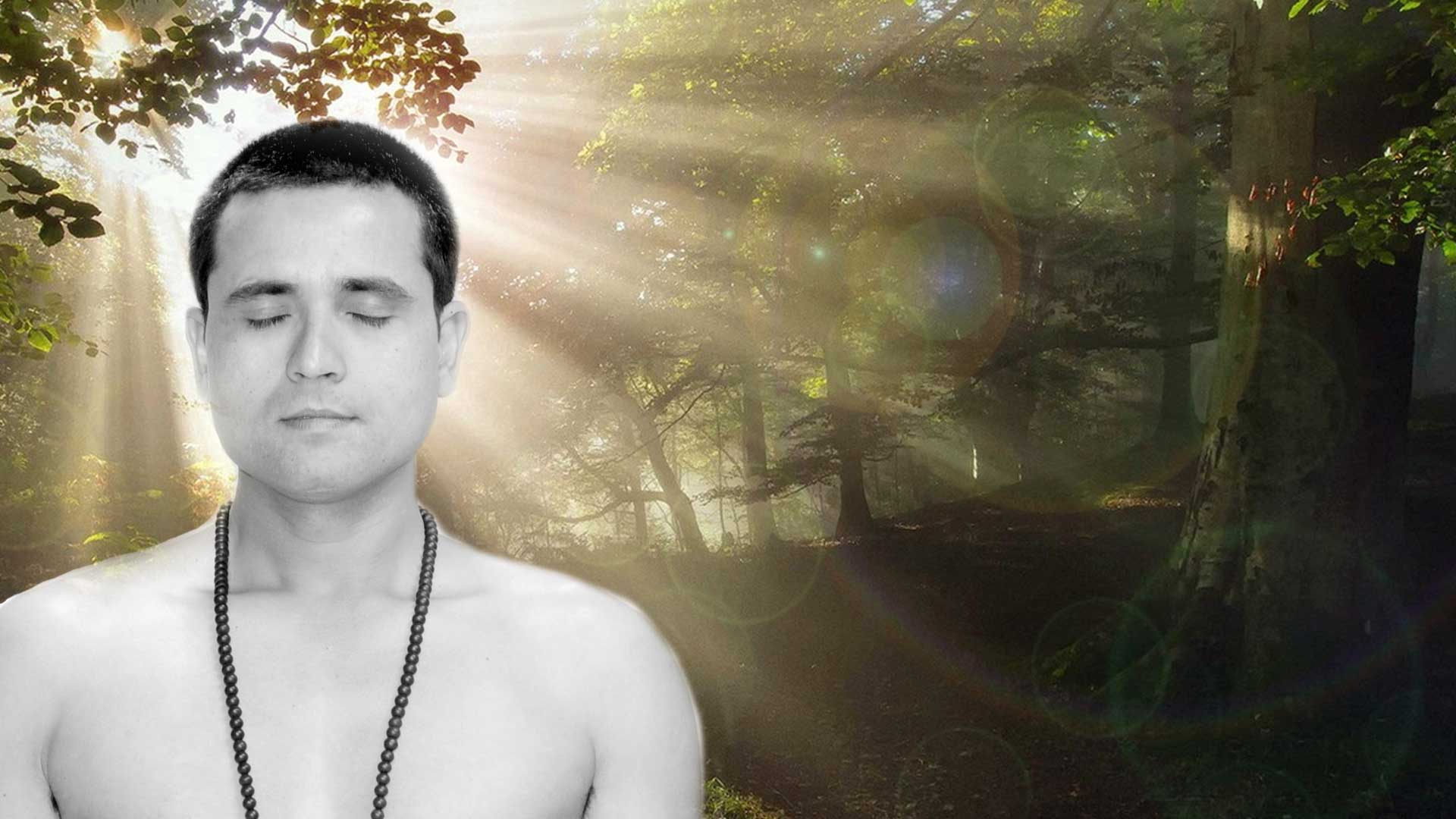Yama: Yama are often known as abstentions, or restrictions. In this, the yamas specifically outline what not to do, but by doing so guide us toward the development of higher virtues. The five yama are Ahimsa (non-hurting or peacefulness), Satya (honesty), Asteya (non-taking), Brahmacharya (chastity, protection of vitality), Aparigraha (non-possessiveness).
Niyama: Niyamas are the second step of Yoga and are intended for those all the more genuinely looking for the way of yoga. These observances help to develop a more profound individual practice and learning of the Self. Divided into five sections, the Niyama are Saucha (tidiness of body, brain and lead), Santosha (fulfillment), Tapas (exertion or grimness), Svādhyāya (otherworldly examination), and Ishvarapranidhana (surrender).
Asana: Asana are mere postures that prepare the yogic seeker for the higher practices. In traditional writings, asana is truly characterized as steadily and comfortably “seat”. Along these lines the motivation behind an asana practice in the bigger setting of the eight folds is essentially to prepare the body to be able to sit comfortably for meditation.
Pranayama: Pranayama is control of the subtle energy in the body through guideline of the breath. In Patanjali’s yoga framework the guideline of the breath and prana (energy) is the connection between working with the body and working with the mind. The main purpose behind pranayama is to join diverse energies in the body, that when joined brings great clarity and calm to our whole being. The distinctive breathing practices offer an tremendous range of tools to help you in your life and fill in as a readiness for different parts of your yoga practice.
Pratyahara: Pratyahara is the process of yoga where the focus shifts from the outer physical practices, to the subtler inner ones. Usually considered as a bridge the two, as the rest of the folds of yoga after pratyahara are focused on the internal proficiency. The thought here is to start exploring the inner terrain in ourselves as a as a way to reveal the base of our unhappiness and suffering.
Dharana: Dharana is the first internal phase of the eight folds. It is the process of holding or fixing the attention of mind onto one object or place. This exercises build the concentration muscle in us, so that we gradually can bring our attention to rest on any given point, no matter what else is happening in our lives. Also, increases our ability to be where we are, instead of constantly being scattered in a million thoughts at once.
Dhyana: Meditation is sustained concentration, whereby the attention continues to hold or repeat on the same object or place. Meditation is an approach to see into the most profound pieces of ourselves and comprehend the idea of who and what we truly are. Meditation allows us to explore these realms through our own direct experience and understanding.
Samadhi: The line among dhyana and samadhi is an incredibly subtle one. Samadhi is the deep absorption, wherein only the essence of that object, place, or point shines forth in the mind, as if the mind were devoid even of its own form. In these states, one can go so profoundly into meditation and concentration a certain kind of freedom arises from the usual distractions of the mind. In exemplary yogic writings, there are a wide range of different levels of samadhi described in great detail, which the majority of great saints and teachers claim they will never attain.
With the entry of Yogi Shri Yogendra Ji in yoga, (disciple of Paramhans Madhavdas Ji) came the modern yoga in its existence. It was Guru Yogendra Ji’s deep research on common household person and his instigation to bring yoga for people like them, who needed it the most. It was in his guidance with which came modern yoga to all of us or to a common man.
Modern Yoga, is form of Yoga that is derived from its traditional form along with modern studies. Our Yoga Training is combined with the studies of Naturopathy, Ayurveda, 5 Element Theory. It is a natural process which lets you experience and achieve what you truly require and helps one replace negative energy with positive ones. It guides one to meet and heal their inner self and rejuvenates.
This process progressively takes one to the highest state of creativity, of discriminative knowledge and towards attaining the desired perfection. There lies its great purpose and usefulness.







